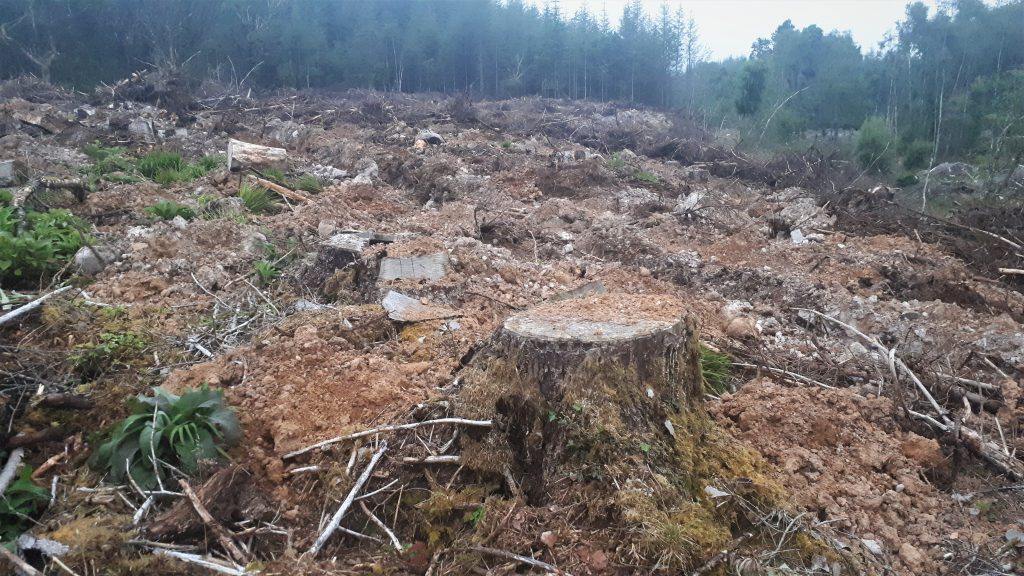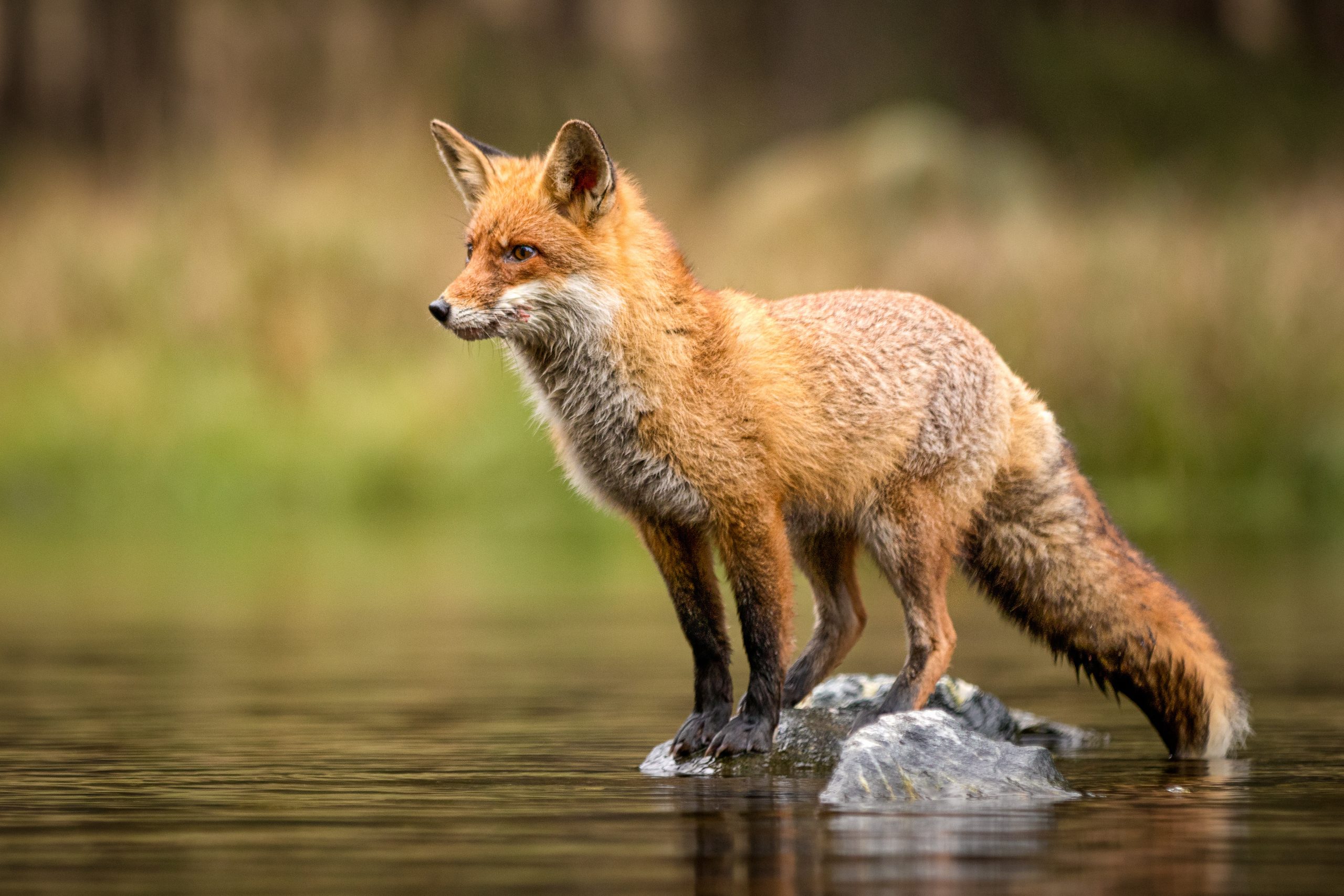Fraction of Sitka plantations in Leitrim locally owned, analysis finds

February 1st, 2020
Only a small fraction of Sitka spruce plantations in two prominently afforested areas of Co Leitrim are owned by locals, a new analysis has found.
The study was carried out researcher Sian Cowman together with Sean McLoughlin and Jim McCaffrey from Save Leitrim, a campaign group set up by locals concerned with the level of conifer plantation in the county.
The county is the most forested in the country with almost 19 per cent (30,000 hectares) of all land under forest cover, substantially higher than the national average of 11 per cent. Conifers account for 70 per cent of trees planted in Leitrim and clear-fell is the main harvesting method used.
The study looked at the Aghavas & Cloone parishes that combined include 63 townlands. Just below 15 per cent of the land in both Aghavas and Cloone is currently under commercial Sitka forestry, the study found.
The Sitka plantations in the two parishes were mapped through a combination of on-the ground observations and satellite imagery, with locals also providing additional information. Data on the owners of the plantations was gathered through an examination of the land folio register.
The analysis revealed that just over a quarter of the 700 hectares of commercial Sitka forestry in Aghavas is owned by residents of the parish. Almost 7.5 per cent of plantations are foreign-owner, and 26.5 per cent are owned by Irish companies.
In Cloone, just over 16 per cent of 770 hectares is under local ownership, with over 30 per cent owned by Irish companies and four per cent owned by foreign companies. In both townships, the international owners are companies registered in Denmark.
Residents from other counties, including Monaghan, Cavan, Galway, Meath, Westmeath, Dublin, Wexford, Sligo, Longford also make up a large portion of plantation owners in both parishes.
The State’s forestry grant schemes were originally open only to farmers who were based within 112 kilometres of the proposed plot. The scheme was opened up to non-farmers in 1992 and premium rates, originally higher for farmers, were equalised in 2015.
This move appears to have influenced a jump in non-farmer planting in the county, with investor-led afforestation jumping from just over one per cent in 2016 to 19.4 per cent in 2017.
Sean McLoughlin, a local resident of Aghavas and member of Save Leitrim, said that commercial forestry is “destroying our communities”. “We’re tired of being told by our government and anybody in the forestry industry that Leitrim people are planting their own land,” he added.
“This research proves that the data on forestry ownership in the UCD study commissioned by the Department of Agriculture, Food and the Marine has been represented in a misleading way. It’s simply not true that 70 per cent of Leitrim forestry owners are local residents. A significant proportion of forestry owners in Leitrim are investment companies,” he said.

Outside investors
Last year, the Department of Agriculture commissioned University College Dublin to carry out a study of forestry in the county to assess the social and economic impacts of forestry in Leitrim.
The study was commissioned amid growing concern from locals over the conifer plantation model, with around one-quarter of all appeals submitted to the Forestry Appeals Committee since it was set up in 2018 coming from Leitrim.
The UCD study was based largely on a survey of forest owners in the county from a target population of 800 forests. Just over 400 owners were contacted, of whom 126 responded.
The UCD team also conducted interviews with 23 individuals and groups, including NGOs, foresters, and farming bodies, and received 53 public submissions.
While concerns were raised in relation to the level of ownership from investor’s outside of the county, the UCD study found that only 30 per cent of forest owners surveyed were not resident in Leitrim.
The ownership data used in the report, however, only accounts for individual grant-aided owners and does not include private or state-owned companies.

Regulatory problems
The UCD study outlined weak implementation of afforestation guidelines and regulations as a key concern of respondents to its survey, with poor levels of inspections on reforestation sites a key concern.
The field inspection rate for felling licence applications in 2018 was only six per cent, even though the county had the second-highest level (126) of felling licences that year. The average national rate was 19 per cent in 2018.
The researchers also found that only 61 per cent of sites were visited in 2018 to assess whether the site was good for planting and/or was environmentally suitable in advance of an afforestation licence being issued. Just over two-thirds of sites were subject to field inspection before final grant payment was made by the State, the study found.
Other respondents raised concern that some owners of larger-scale plantations can avoid requirements for planning permission by planting smaller parts of the land in stages, either buying adjoining established forests or unplanted land where a planting licence was already granted.
[x_author title=”About the Author”]







